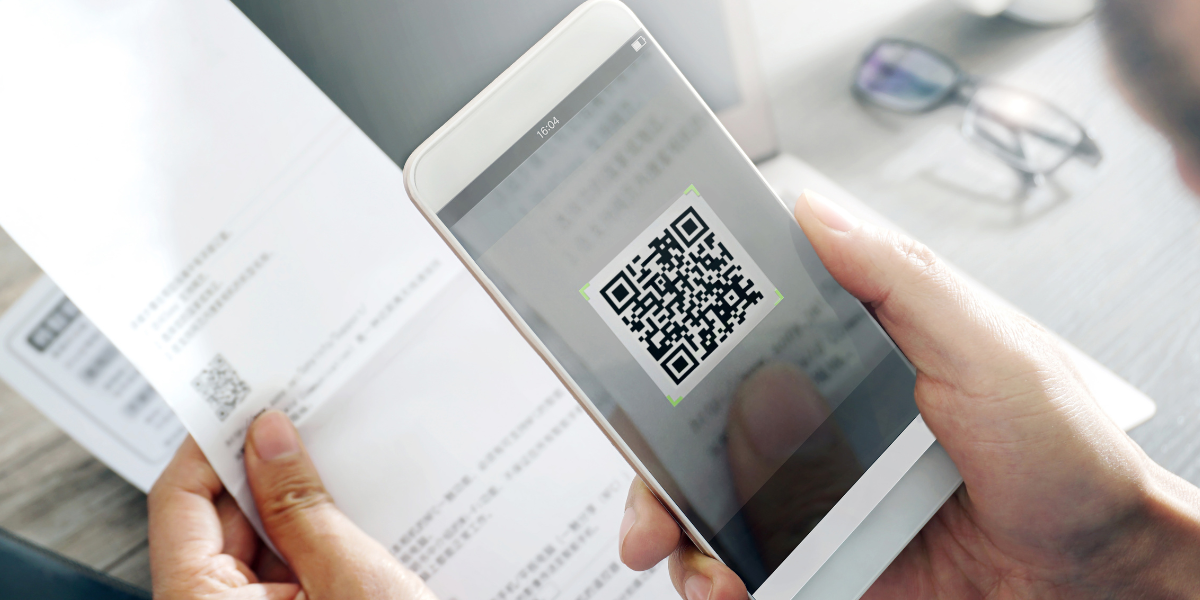
Protect yourself from QR code phishing scams
They’re everywhere: on brochures, payment terminals, restaurant menus, and beyond. Even better, they’re convenient.
QR codes are likely ingrained in your daily routine, but, like most digital tools cybercriminals engineered them into a potent weapon for fraud. Known as “quishing”, this new phishing tactic leverages QR codes to exploit trust and curiosity, leading to potential security breaches. That’s why staying informed and vigilant about how this tool can be used against you is critical.
This blog explores the mechanics, risks, and prevention strategies associated with quishing.
What is quishing?
Also known as QR code phishing, quishing involves cybercriminals embedding malicious URLs into QR codes. Unlike traditional phishing attempts that use email or text, these tampered codes, when scanned, unknowingly direct you to deceptive websites that mimic legitimate services to steal sensitive information.
How quishing works
Imagine scanning a QR code at a café, anticipating the menu. Instead, you're directed to a site that deceives you into disclosing personal information, such as your contact information, ID or banking details. These scams often use QR codes found in public places like parking tickets or Wi-Fi networks to deceive and direct you to fake web pages.
Real-Life Scam: How Attackers Exploited QR Code Phishing
In one reported case, attackers tricked employees into making fraudulent financial transactions, disguising a QR code as a vendor payment request, which led to a fake banking portal. As a result, funds were mistakenly transferred to the attacker’s account.
This type of scam not only leads to direct financial loss but also damages the organisation’s reputation. That’s not to mention compliance violations and legal consequences.
How to protect yourself from quishing scams
The key to avoiding quishing scams is vigilance. Here are some steps you can take:
- Verify the source: Before scanning a QR code, ensure it comes from a trusted source. If you receive a code via email or text, confirm its legitimacy with the sender.
- Inspect the URL: After scanning the code, check the URL carefully. Look for misspellings or unusual characters that might indicate a fake site.
- Use secure networks: Avoid scanning codes when connected to public Wi-Fi. Use a safe, private network to reduce the risk of a breach.
- Install security software: Ensure your smartphone has up-to-date security software to detect and block malicious websites.
- Be cautious with personal information: Never input sensitive information on a site you’ve reached through a QR code unless you’re absolutely sure of its authenticity.
- Routine security training: Educate employees about the risks of quishing and other phishing tactics. Remember, awareness is the first step in prevention.
The future of QR code security
As quishing becomes more prevalent, there is a growing need for enhanced security measures. Some suggestions include developing QR code scanners to detect and warn users of suspicious links. Additionally, businesses must implement verification systems to assure users that their QR codes are safe to scan.
For more cybersecurity insights and tips, delve into these valuable resources:
- What is consent phishing (and how can you avoid it)?
- How to fight password fatigue
- Invest in cybersecurity awareness training to protect your business
Stay informed, stay secure!
